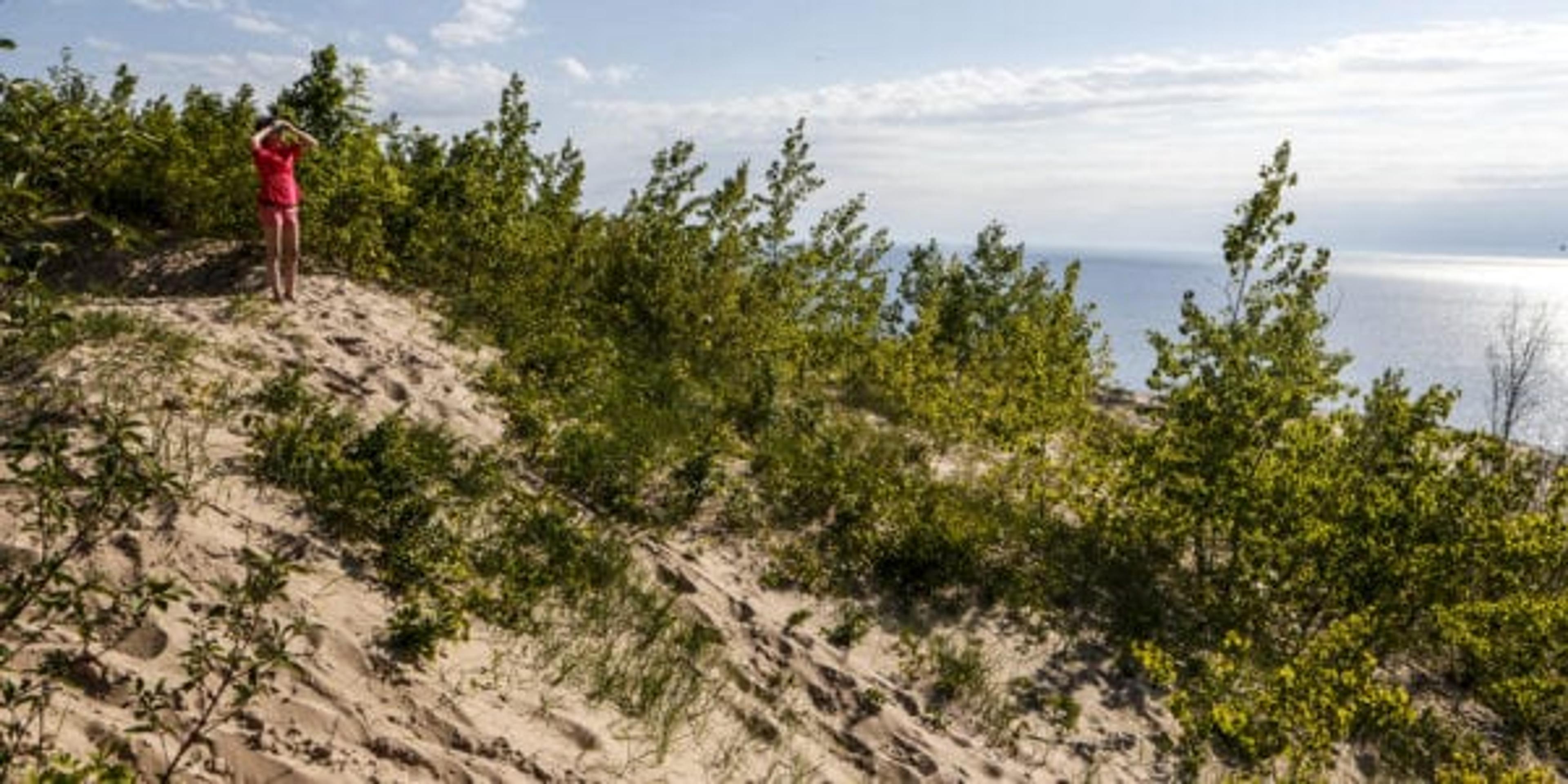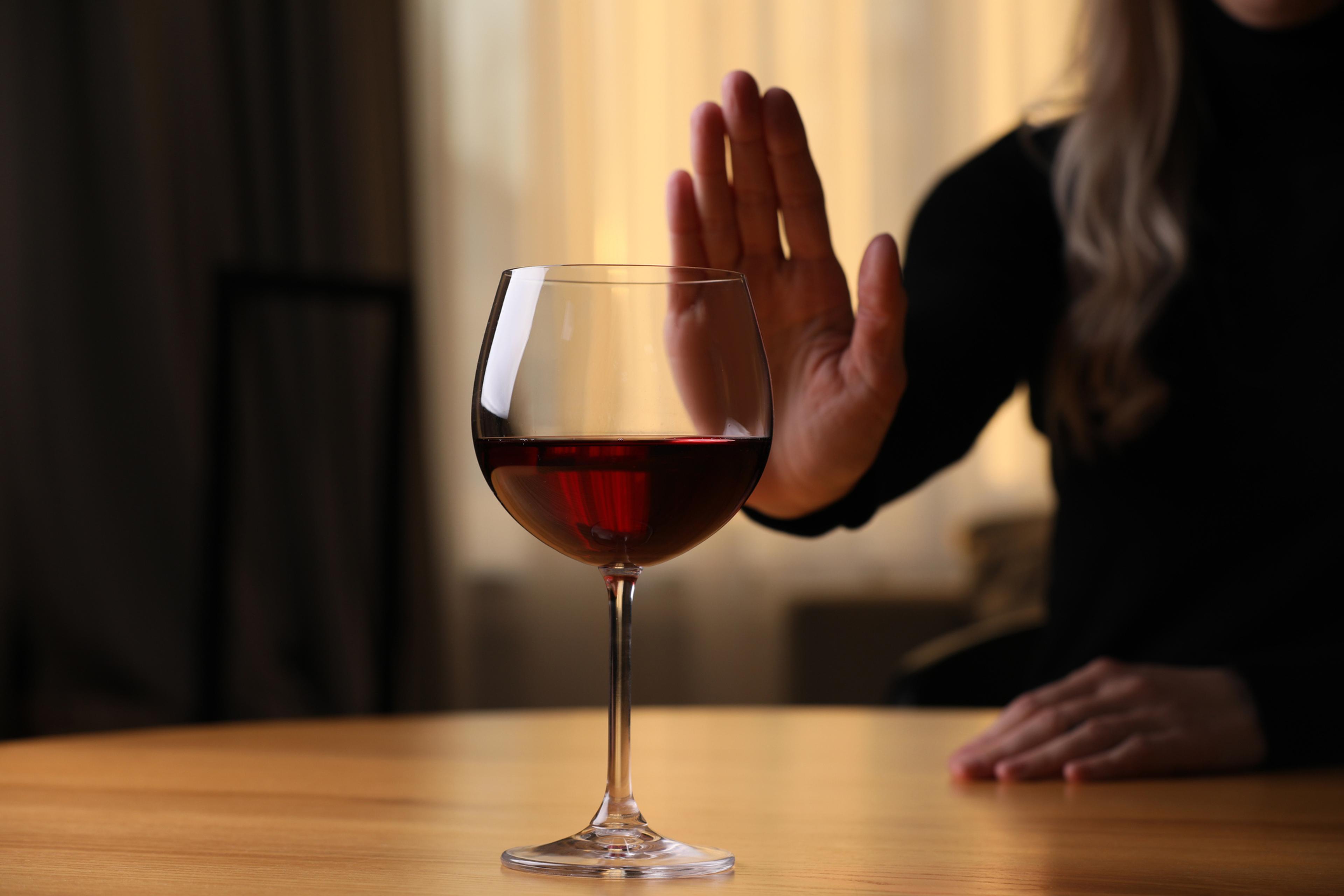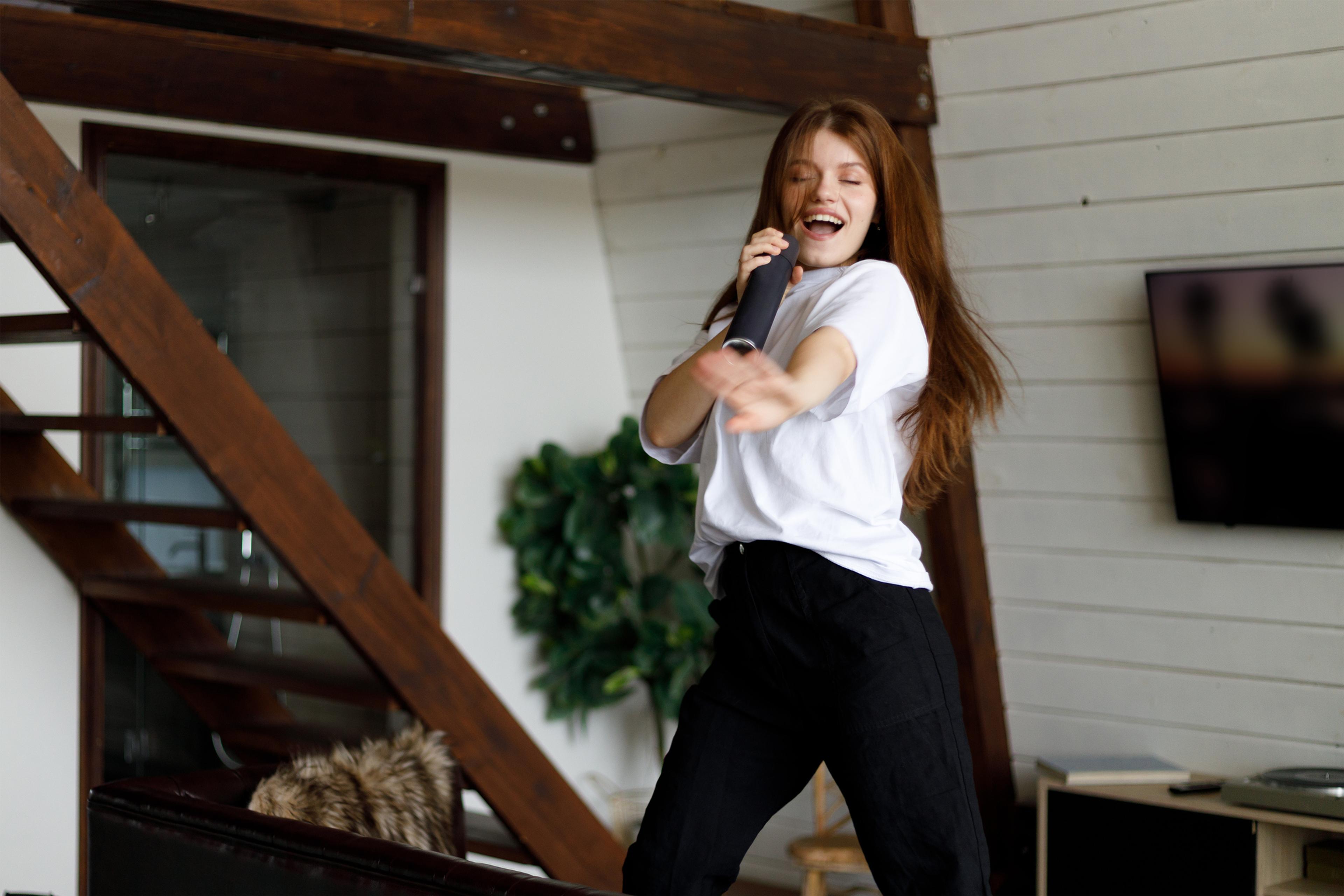How Altitude, Time, Location Impacts the Sun’s Effect on Our Eyes
Shandra Martinez
| 3 min read

Whether you are at the beach, driving your car or taking a lunchtime walk, sunny days probably mean you are wearing your sunglasses. But keeping your shades on is about more than just looking cool. A good pair of sunglasses offers important protection that can help prevent damage done to your eyes by the sun’s rays. And at some times and in some places, the sun is more harmful to our eyes than others. Did you know that where you live, the time of day and altitude also can play a big role in how the sun affects your eyes?
The ultraviolet radiation that comes from the sun can damage the eyes. Both UVA and UVB rays can cause issues that affect vision. According to the American Academy of Ophthalmology (AAO), when unprotected eyes are exposed to too much of this UV radiation, over time it can cause cataracts, growths on or near the eyeball, or cancer. There’s also a condition known as “snow blindness” that can develop quickly in the summer when eyes are exposed to UV reflections off water or sand, like during a day at the beach.
Danger zones. There are also some situations that can make UV radiation even more of a problem if your eyes are unprotected. Here are a few:
- Location: If you live in an area that’s near the Earth’s equator, your exposure to UV radiation increases.
- Time of Day: If you’ve ever heard that you should especially avoid the midday sun, this goes for your eyes, too. UV radiation is typically greater from 10 a.m. to 2 p.m.
- Altitude: If you live at a high altitude, your eyes are at a greater risk for damage from UV radiation, as it is more intense in high-altitude locations.
Prevention and protection. There are some easy ways to protect your eyes every day, no matter the season, and help prevent any damage done by the sun’s harmful rays. It starts with wearing good sunglasses. They don’t have to be expensive, but they do need to provide 100% UV protection and block both UVA and UVB rays.
The AAO has these other tips for keeping your eyes healthy and safe:
- Wear your sunglasses when you are outside, even on cloudy days. Clouds do not block UV rays.
- Wear a broad-brimmed hat as well as sunglasses when you are outside.
- Children are also at risk of exposure to harmful UV rays. Make sure they have hats and sunglasses on, too.
- If you are using a tanning bed, know that the light carries the same risk as UV rays outdoors.
Related:
Photo credit: Getty Images





